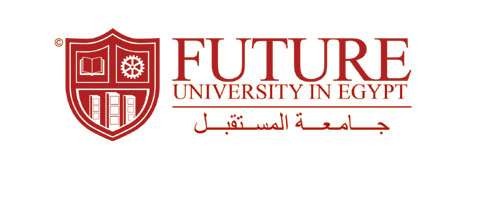| Topic
|
No. of hours
|
Lecture
|
Tutorial/Practical
|
|
Developmental disturbances affecting oral and paraoral structures
|
4
|
Developmental anomalies of soft tissue
|
|
|
Developmental disturbances of face, jaws and, lips.
|
4
|
Developmental anomalies of soft tissue
|
|
|
Developmental disturbances of the palate, tongue, oral mucosa and, salivary glands.
|
4
|
Benign Tumors
|
|
|
Tumours of the oral cavity
|
4
|
Benign Tumors
|
|
|
Benign epithelial neoplasms (squamous cell papilloma, veruca vulgaris and ,keratoacanthoma).
|
4
|
Malignant tumors
|
|
|
Benign mesodermal neoplasms (fibrous tissue, nerve tissue and, muscle origin).
|
4
|
Malignant tumors
|
|
|
Hamartomas (vascular naevi, keratotic naevi and, pigmented naevi).
|
4
|
Premalignant Tumors
|
|
|
Benign neoplasms of hard tissue (chondroma, osteoma, osteoid osteoma and, benign osteoblastoma).
|
4
|
Bacterial and viral infection
|
|
|
Oral malignant neoplasms
|
4
|
Salivary gland diseases
|
|
|
Classification – squamous cell carcinoma.
|
4
|
Salivary gland diseases
|
|
|
Lymphoepithelioma – basal cell carcinoma.
|
4
|
Salivary gland diseases
|
|
|
Malignant melanoma – sarcomas.
|
4
|
Bone diseases
|
|
|
Premalignant lesions of the oral cavity
|
4
|
Bone diseases
|
|
|
Benign keratosis – mucosal dysplasia.
|
|
|
|
|
Carcinoma in stru-nicotinic stomatitis
|
|
|
|
|
Actinic cheilosis – oral submucous fibrosis.
|
|
|
|
|
Diseases of salivary glands.
|
|
|
|
|
Xerostomia and ptyalism.
|
|
|
|
|
Classification of salivary gland diseases.
|
|
|
|
|
Inflammatory salivary gland diseases.
|
|
|
|
|
Obstructive and traumatic conditions.
|
|
|
|
|
Cysts of salivary glands.
|
|
|
|
|
Autoimmune disorders.
|
|
|
|
|
Salivary gland neoplasms.
|
|
|
|
|
Bone diseases
|
|
|
|
|
Classification – inherited and development disorders.
|
|
|
|
|
Metabolic bone diseases.
|
|
|
|
|
Inflammatory diseases of bone.
|
|
|
|
|
Neoplastic bone diseases.
|
|
|
|
|
Fibro –osseous lesions.
|
|
|
|
